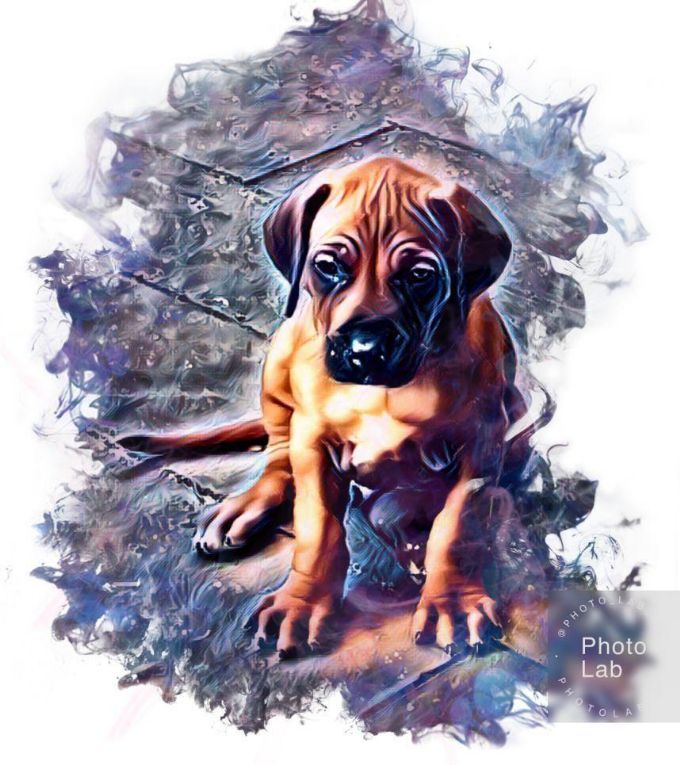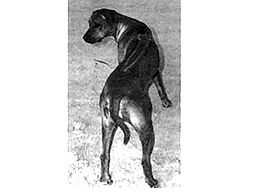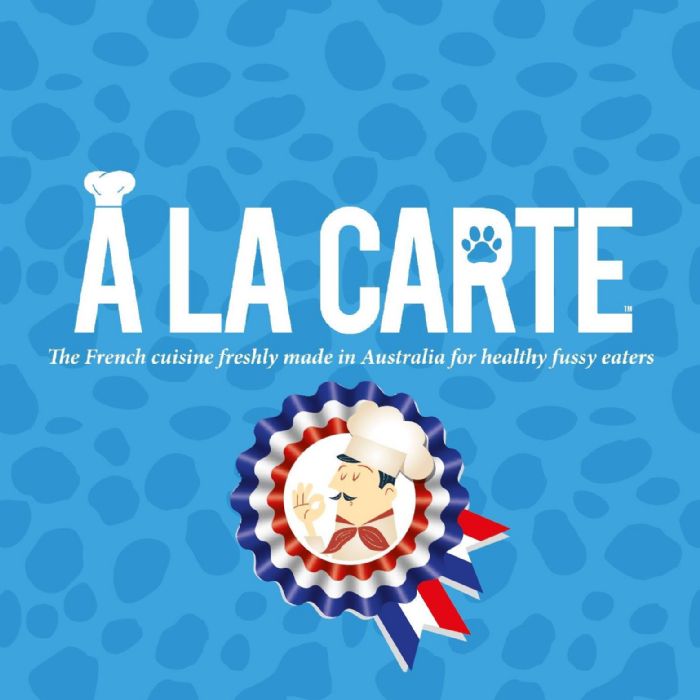Sub-links for this page

Welcome to The Rhodesian Ridgeback Club Inc (NSW)
Promoting Responsible Ownership
The Rhodesian Ridgeback Club (NSW) is dedicated to the training, socialising, advancement and protection of this wonderful breed through education, responsible ownership and breeding practices.
For those of us who have had the pleasure of sharing our lives with the Rhodesian Ridgeback we have found a community of enthusiastic owners and breeders with whom we can share experiences, events and compete in variety of activities and shows. Be sure to keep an eye on the notice board for club news
We welcome you to join our club and becoming a member is easy, contact the club secretary, details on the club contacts page and a membership form can be emailed or sent via post or alternatively download and complete a copy of our membership form available on resources page then simply return to address on form along with appropriate membership fee. Forms can be emailed back and Membership fee paid directly to club account. Please contact club Secretary for details
MEMBERSHIPS ARE DUE BY JUNE 30th EACH YEAR
The club is happy to offer members who are breeders a chance to add your prefix and contact details to this web site as an excellent resource to put people in touch with ANKC Registered Breeders when searching for their new companion
A small fee of $10 is asked to help the clubs finances
We look forward to everyone visiting that page
Buyers Beware of breeders who sell puppies without Registration Papers. All registered breeders are required to register all puppies with their state Canine Council (e.g. Dogs NSW) and provide either LIMITED (Orange papers- puppy not registered for breeding or showing) or MAIN (Blue Papers- Puppy can potentially be bred and/or shown) and provide Registration Papers to new owners. You also need these papers if you wish to transfer the puppy into your name with the Canine Council.
Click on this link for some important information and questions to consider when looking for your next RR Companion. This info is also on puppy sub page

Rhodesian Ridgeback Standard
Last updated: 02 Oct 2000
FCI Standard No 146 dated 10 December 1996 Adopted in Australia 1 January 1998 Origin: South Africa Standard supplied by Kennel Union of Southern Africa and Zimbabwe Kennel Club Amended October 2000
Group: Group 4 (Hounds)
History: The Rhodesian Ridgeback is presently the only registered breed indigenous to Southern Africa. Its forebears can be traced to Cape Colony of Southern Africa where they crossed with the early pioneers’ dogs and the semi-domesticated, ridged Hottentot hunting dogs. Hunting mainly in groups of two or three, the original function of the Rhodesian Ridgeback or Lion dog was to track game, especially lion, and, with great agility, keep it at bay until the arrival of the hunter.
The original standard, which was drafted by F.R Barnes, in Bulawayo, Rhodesia, in 1922, was based on that on the Dalmatian and approved by the South African Kennel Union in 1926.
The Rhodesian Ridgeback is still used to hunt game in many parts of the world, but especially prized as a watch-dog and family pet.
General Appearance: The Rhodesian Ridgeback should represent a well balanced, strong, muscular, agile and active dog, symmetrical in outline and capable of great endurance with a fair amount of speed. The emphasis is on agility, elegance and soundness with no tendency towards massiveness. The peculiarity of the breed is the ridge on the back, which is formed by the hair growing in the opposite direction to the rest of the coat.
Characteristics: The ridge is the escutcheon of the breed. The ridge must be clearly defined, symmetrical and tapering towards the haunch. It must start immediately behind the shoulders and continue to the hip (haunches) bones. The ridge must contain only two crowns, identical and opposite each other. The lower edges of the crowns must not extend further down the ridge than one-third of its length. A good average width of the ridge is 5 cm (2ins).
Temperament: Dignified, intelligent, aloof with strangers, but showing no aggression or shyness.
Head And Skull: Cranial Region: Skull - Should be of a fair length (width of head between ears, distance from occiput to stop, stop to end of nose, should be equal), flat and broad between the ears; the head should be free from wrinkles when in repose. Stop - Should be reasonably well defined and not in one straight line from the nose to the occipital bone. Facial Region - Nose - Should be black or brown. A black nose should be accompanied by dark eyes, a brown nose by amber eyes. Muzzle - Should be long, deep and powerful. Lips - Should be clean, closely fitting the jaws. Cheeks - Should be clean.
Eyes: Should be moderately well apart, round, bright and sparkling, with intelligent expression, their colour harmonising with the colour of the coat.
Ears: Should be set rather high, of medium size, rather wide at base and gradually tapering to a rounded point. They should be carried close to the head.
Mouth: Jaws strong with a perfect and complete scissor bite, i.e. the upper teeth closely overlapping the lower teeth and set square to the jaws. The teeth must be well developed, especially the canines or holders.
Neck: Should be fairly long, strong and free from throatiness.
Forequarters: The forelegs should be perfectly straight, strong and well boned, with the elbows close to the body. When viewed from the side, the forelegs should be wider than viewed from the front. Pasterns should be strong with slight spring. Shoulders - Should be sloping, clean and muscular, denoting speed.
Body: Back - Powerful. Loins - Strong, muscular and slightly arched. Chest - Should not be too wide, but very deep and capacious; the brisket should reach to the elbow. Forechest - Should be visible when viewed from the side. Ribs - Moderately well sprung, never rounded like barrel-hoops.
Hindquarters: In the hind legs the muscles should be clean and well defined with good turn of stifle and strong hocks well let down.
Feet: Should be compact and round with well arched toes and tough, elastic pads, protected by hair between the toes and pads.
Tail: Should be strong at the root and gradually tapering towards the end, free from coarseness. It should be of moderate length. It should not be attached too high nor too low and should be carried with a slight curve upwards, never curled.
Gait/Movement: Straight forward, free and active.
Coat: Hair - Should be short and dense, sleek and glossy in appearance but neither woolly nor silky.
Colour: Light wheaten to red wheaten. A little white on the chest and toes is permissible, but excessive white hairs here, on belly or above toes is undesirable. A dark muzzle and ears permissible. Excessive black hairs throughout the coat are highly undesirable.
Sizes: The desirable heights are: Dogs 63 cms (25 ins) to 69cms (27 ins) Bitches 61cms (24 ins) to 66cms (26 ins)
Weight - The desirable weights are: Dogs 36.5kgs (80 lbs) Bitches 32 kgs (70 lbs)
Faults: Any departure from the foregoing points should be considered a fault and the seriousness with which the fault should be regarded should be in exact proportions to its degree.
Notes: Male animals should have two apparently normally developed testicles fully descended into the scrotum

Contact Details
Please visit the clubs contact page for Details
96667 Visitors

